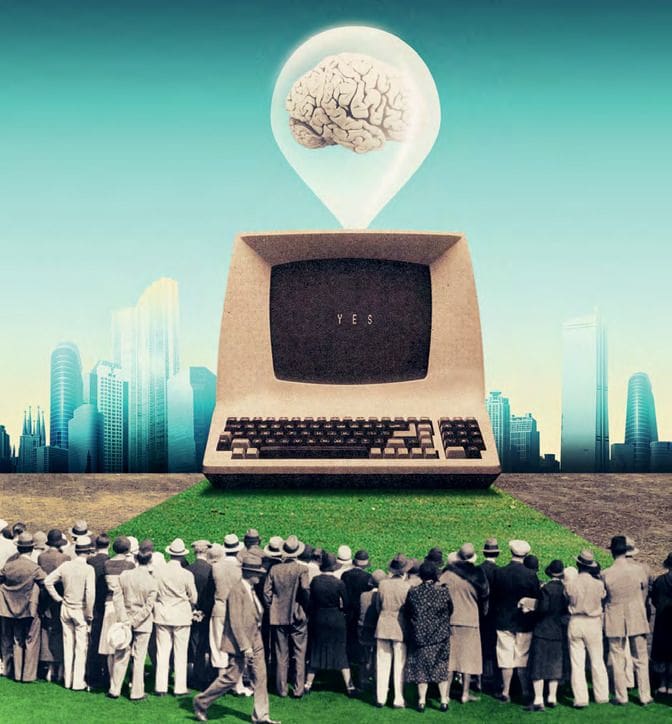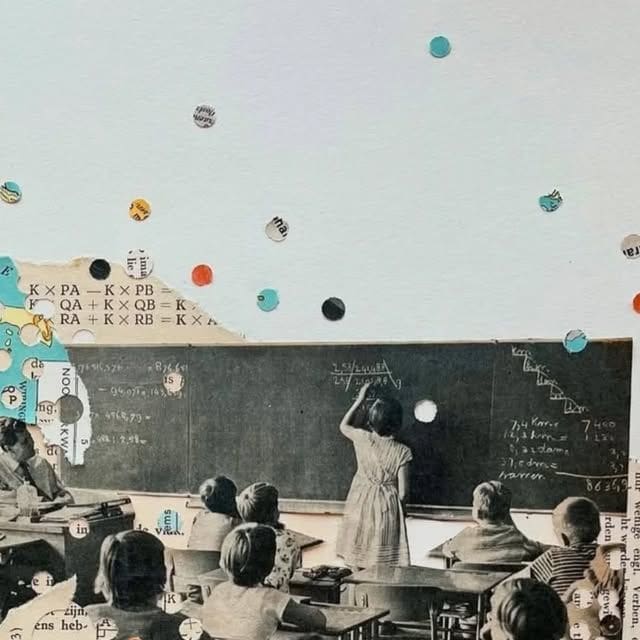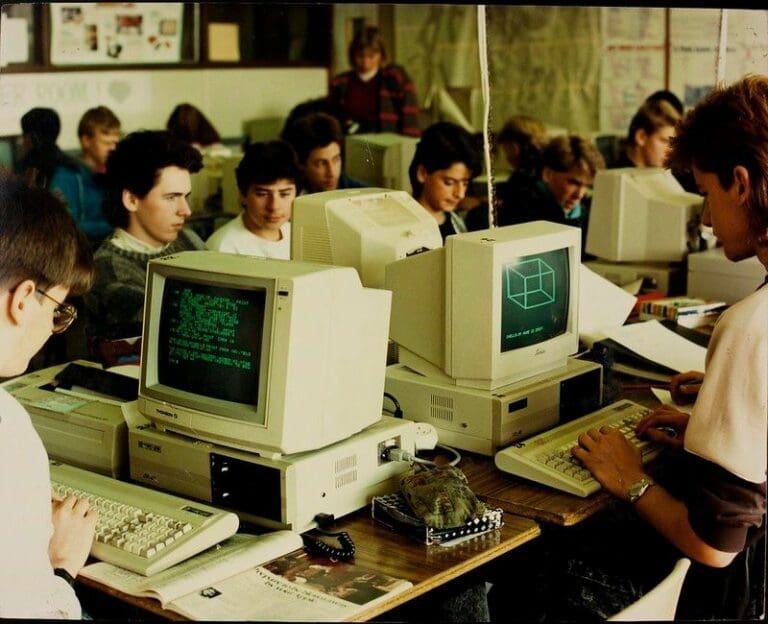Video transcription is an important and multifunctional process that finds wide application across various fields. For example, transcribing interviews allows journalists and researchers to preserve valuable information; creating subtitles makes video content accessible to people with hearing impairments; converting lectures and seminars into text format simplifies the learning process.
Additionally, SEO promotion of content becomes more effective with the help of text data, which can be indexed by search engines. Overall, the advantages of the text format are clear: ease of searching through large amounts of data, accessibility for the hearing impaired, and consequently, increased audience engagement.
Popular transcription formats include subtitles (SRT, VTT), transcripts, and text articles. Each of these formats has its own features and uses, allowing you to choose the most suitable option depending on the goals and context of use.
How to extract text from video — main methods
There are several ways to transcribe video. You can manually convert video speech to text, use automatic transcription, or take advantage of modern AI technologies. It all depends on your needs, budget, and desired level of accuracy.

Manual transcription
This is the oldest and most reliable method. A person watches the video and manually writes down all the spoken words. This method ensures maximum accuracy and can be used for complex interviews, podcasts, or conference recordings where it is important to capture every nuance. However, this process takes a lot of time and effort.
Automatic transcription
Automatic online services use advanced speech recognition algorithms, which significantly speed up the process. However, automatic transcription of audio files is not always perfect: errors may occur due to accents, background noise, or unclear speech.
AI and machine learning software solutions
These are more advanced and accurate solutions that use AI models for precise speech-to-text conversion. Programs with deep neural networks provide higher accuracy and adapt to specific conditions (such as various accents or technical terminology). However, full automation requires careful system configuration, including integration with Speech Recognition APIs.
Using google docs and YouTube Auto Captioning
Don’t forget the features offered by platforms like Google Docs and YouTube. With the voice typing function in Google Docs, you can easily convert speech from a video into text in real time. The auto-captioning feature on YouTube automatically generates an SRT file when you upload a video, although it usually requires subsequent error editing to achieve the desired quality.
Best online services for video transcription
Cognitive services for online video transcription significantly simplify the process of converting speech to text. They are an excellent solution for both professionals and amateurs who need to quickly transcribe audio and video files. Of course, they are not always perfect, but their accuracy and functionality improve year by year.
1. Otter.ai
Otter.ai is known for its powerful speech recognition algorithm and automatic transcription capabilities. It is a popular choice among students, journalists, and business professionals for creating meeting and interview transcripts. The service supports multiple languages, including English. The free version offers a limited number of transcription minutes, which is sufficient for small projects. If you need more minutes, you can upgrade to paid plans.
2. Sonix.ai
Sonix.ai is an online service with automatic transcription of video to text and text editing directly within the interface. It is suitable for professionals who value accuracy in transcribing dialogues. Sonix uses Natural Language Processing to enhance quality and speed.
Paid plans offer additional features such as access to advanced editing tools, integration with other services, subtitle synchronization, and support for various file formats.
3. Happy Scribe
Happy Scribe offers both automatic transcription and a manual editor for text correction. This service supports 119 languages. Subtitles can be exported in SRT and VTT formats. It’s an ideal choice for those looking for a platform with dynamic text editing and a web application for enhanced synchronization.
4. VEED.io
VEED.io is an online converter that combines a built-in video editor with a subtitle generator. Using this tool, you can transcribe video in just minutes and edit it to create high-quality content, for example, for social media. It supports noise filtering and sound analysis, which helps improve the quality of voice recognition.
5. YouTube Auto Captions
When you upload a video to YouTube Studio, the service automatically generates subtitles using speech synthesis. Of course, the accuracy isn’t always perfect, but for simple videos, it’s an ideal way to quickly get text data. After that, you can make text corrections directly in the YouTube Studio subtitle editor to improve the SEO promotion of your content.
How to convert video to text using Google Docs?

Want to get a text format from video content without any costs? Google Docs is quite suitable. The main thing is to set up the speech recognition system so that it can accurately recognize voice and background sounds, as well as choose the right time for recording when there is minimal noise and interference. Here is a step-by-step guide:
➤ Open Google Docs. First, go to Google Docs and create a new document where the video transcription will take place. Make sure you have a stable internet connection to access all the features of the cloud service.
➤ Tools → Voice Typing. Go to the "Tools" menu, then select "Voice Typing." It is important that your device’s microphone is turned on and set up correctly.
➤ Start playing the video. Prepare the video for playback — it could be a file on your computer or a YouTube video. Adjust the volume so that the computer can clearly capture the sound for voice analysis.
➤ Real-time speech recognition. Once the video starts playing, click the microphone icon in Google Docs. The program will capture the sound waves and recognize the text.
➤ Check and edit the transcribed text. After the playback is finished, read the transcribed text. Usually, automation isn't perfect, so you may need to make corrections in the text editor. Check the performance of AI speech recognition models and fix any errors.
Now you can save the text, export it in various formats, and use it for further work.
Using specialized software
Unlike basic online services, modern specialized video transcription programs offer much more accurate and detailed results, especially when it comes to complex projects such as interview transcription or video content with multiple speakers. These solutions integrate advanced technologies like machine learning, deep learning, and natural language processing (NLP) algorithms, allowing for efficient speech recognition that takes context and intonation into account.
| Program for transcribing video to text | Features | Advantages |
| Descript | Advanced editor with AI-based editing features, support for real-time transcription, and a powerful language model for accurate recognition. | Speech-to-text conversion with the ability to edit audio and video, integration with cloud services. A voice assistant automates the editing process. |
| Audext | Transcription with speaker separation capability and support for various formats. | Perfectly suited for speech recognition in multi-speaker recordings. |
| Trint | Built-in automatic transcription and text export. | Simple interface for text editing, with the ability to use voice commands for faster workflow. |
In general, transcribing video text using specialized software significantly improves accuracy and ease of work. Thanks to these tools, you can greatly reduce the time spent processing materials and enhance the quality of the final result.
How to recognize text from video on a smartphone?
How to convert speech from video to text on a mobile phone? In fact, it’s quite simple thanks to numerous modern mobile apps and built-in features. One of the most popular tools is Otter.ai. This app uses Smart AI to convert speech to text in real time. Key advantages include support for multiple languages and the ability to edit text directly in the interface.
Rev offers automatic transcription as well as a service involving professional transcribers, ensuring nearly 100% accuracy. This solution is useful for those who don’t want to spend time correcting errors after using automatic services.
Another interesting option is Notta. This app supports many languages and provides fast transcription even for long video recordings. You can work with multiple files simultaneously, which is very convenient for intensive tasks.
Additionally, it’s worth mentioning the built-in voice input features on Android and iOS. They allow easy speech-to-text conversion during video playback, though their accuracy can suffer in noisy environments or with strong accents. Nevertheless, for short notes or simple videos, these solutions are quite suitable.
Errors and challenges in automatic video-to-text transcription
Certain errors during automatic speech recognition can significantly reduce accuracy and increase editing time:
➤ Low sound quality. Recording issues often cause the system to be unable to clearly distinguish words. This is especially true if the recording is made in a noisy environment or with a poor microphone. In such cases, even Google Speech-to-Text may get "confused" and misinterpret words. Often, the system perceives one sound as another, resulting in distorted text.
➤ Unclear speech or accents. People speak differently: some fast, some slow, and some have unique accents. Converting speech to text will be complicated if the system cannot recognize the words.
➤ Background noise. TV sounds, conversations in the room, or car noise interfere with recognition. The system may record words that were not spoken or may not understand what is being said amidst the noise. Using audio filters before uploading the video to a web service is often helpful, but it doesn't always solve the problem.
➤ Punctuation and paragraph errors. Even if the text is transcribed correctly, the system may make mistakes in punctuation or paragraph breaks. In such cases, manual editing will be needed to make the necessary corrections.
Thus, despite its convenience and speed, automatic video-to-text transcription often requires significant human intervention to achieve the needed accuracy and readability.
How to improve the quality of automatic transcription?
Using a high-quality microphone during recording is a key factor. The cleaner the original audio file, the easier it is to extract text from video using STT (speech-to-text) technologies.
Preliminary digital audio processing, including noise filtering, is also very important. Modern audio filters help eliminate unwanted sounds and make the voice clearer for algorithms, increasing the effectiveness of voice analysis. However, this alone is not enough when there are multiple speakers in the recording. In multi-speaker recordings, it is helpful to use voice separation to clearly distinguish the participants in the conversation.
Using advanced AI-powered services such as Google Cloud Speech-to-Text or IBM Watson can significantly improve transcription accuracy thanks to their ability to adapt to various accents and speech styles. These platforms also offer automatic punctuation placement and tone detection features, allowing for the creation of more natural and readable text output.
Conclusion
Transcribing speech from video is an important step toward simplifying content management. With transcription, you can create convenient subtitles, texts, and transcripts that easily integrate into various formats. Services like Otter.ai, Sonix.ai, and other modern platforms significantly ease the task, saving time and effort. AI-powered technologies achieve high accuracy, providing seamless integration of text-to-speech and speech-to-text functions, which further improves content accessibility and enhances user experience.
So don’t put it off — improve your content quality and capture your audience’s attention by applying modern technologies today!




